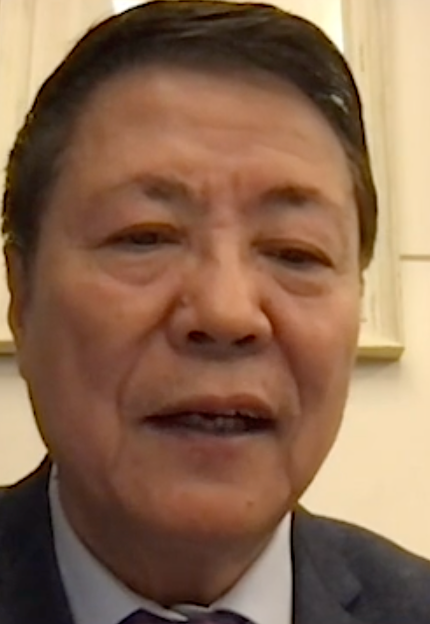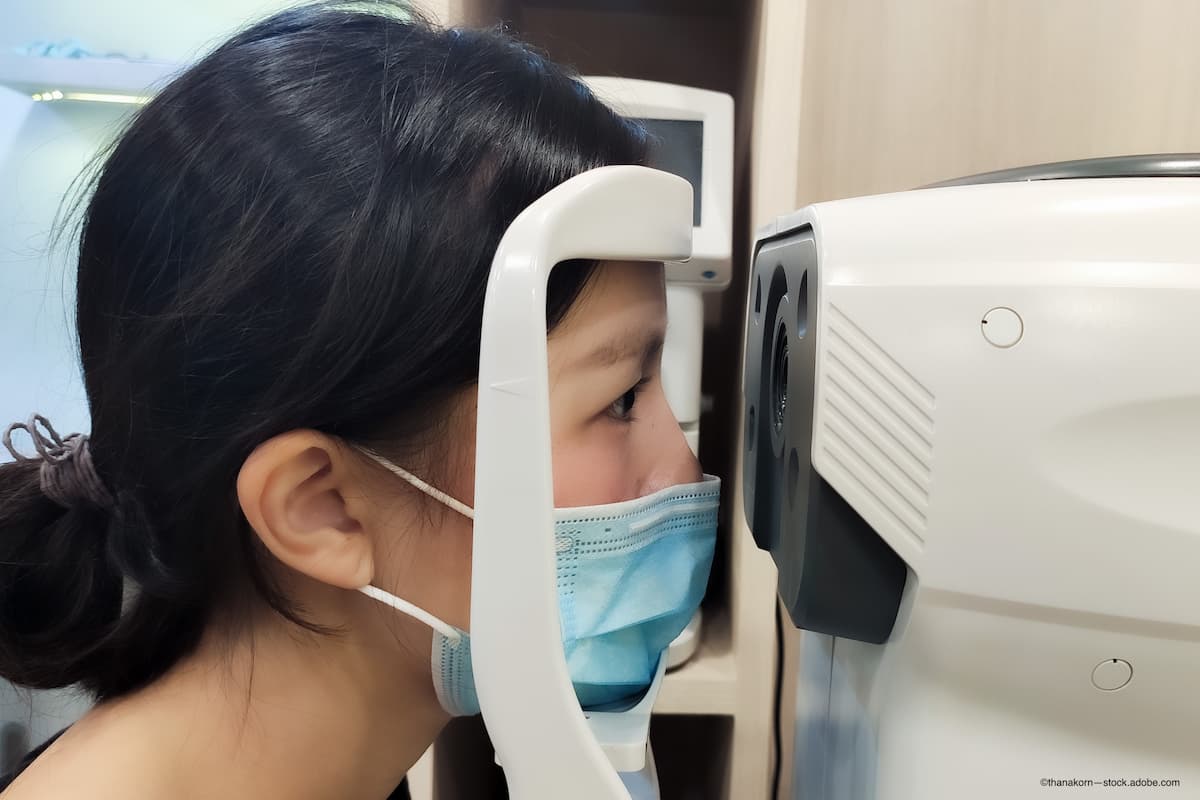The ophthalmic experience in China early in the COVID-19 pandemic
Investigators find that long-term ocular complications require further observation.
Reviewed by Ningli Wang, MD, PhD.
Ningli Wang, MD, PhD

The onset of the pandemic had a profound effect on medicine and eye care worldwide, and Ningli Wang, MD, PhD, director of Beijing Tongren Eye Center, described the impact of COVID-19 on ophthalmology in China.
Ophthalmologists as a group had the highest risk of contracting the COVID-19 virus because of the close proximity between clinicians and patients during ocular examinations. To define the risk, Wang and his colleagues sent a cross-sectional case-control questionnaire to 10 hospitals to investigate the incidence and distribution of symptomatic virus in eye professionals in Wuhan, China, between February 26 and March 20, 2020. The questionnaire collected information on demographics, personal protective equipment, and hand hygiene, he reported.
“The goal was to improve safety among eye professionals working during the pandemic,” he said.
The results showed that 2 of the 10 hospitals in the area under the study were hit especially hard because of their close proximity (4.5 km) to the Huanan Seafood Wholesale Market, where the early viral outbreak was reported.
“The overall incidence of symptomatic COVID-19 was 2.52% among eye professions as compared with 2.27% among all health care workers, indicating the higher risk of contracting the virus among ophthalmologists,” he said. Twenty-eight cases of the virus were found in eye professionals in the hospitals surveyed.
The risk factors identified for the incidence of COVID-19 among ophthalmologists were older age, longer time in practice, lack of sleep, lack of protective equipment, and higher rates of contact with patients with suspected or confirmed COVID-19.
“The incidence of COVID-19 peaked during the early phase of the pandemic and decreased significantly 2 weeks after lockdown,” he said. During lockdown, only cases requiring emergent care were examined in clinics.
Ocular symptoms

The manifestations of COVID-19 were keratoconjunctivitis, scleritis, uveitis, central retinal vein occlusion, optic neuritis, cranial nerve palsy, and Miller Fisher syndrome. The clinical signs lacked specificity and were seen as either the initial manifestation, concomitant with other symptoms, or the only symptom. This presentation increased the difficulty in diagnosing COVID-19 infection.
Wang explained that the prevalence rate of conjunctivitis/conjunctival congestion was 8%; other prevalence rates were foreign body sensation at 6%, increased secretion at 10%, and ocular itching at 9%. However, the ocular symptoms were present less often than other symptoms, such as fever, coughing, and fatigue.
Chinese practice patterns and precautions
Wang reported that the most important practices for ophthalmologists are disinfecting hands and equipment after examinations, use of a protective shield, alternative examination methods to ensure safe distancing, and ventilation.
For other health care workers, the safety measures included using personal protective equipment, checking temperatures at least twice daily, stopping working in the presence of symptoms, and maintaining a distance of 1.5 m from patients during visits.
For the general public, there is a low risk of contracting COVID-19 through ocular transmission; wearing a mask, careful hand washing, and wearing goggles in high-risk areas are important safety precautions.
Wang cautioned that the exact mechanisms of ocular transmission and ocular damage are unknown.
“Long-term ocular complications need further observation,” he said. “Ocular equipment manufacturers can add protective shields to the equipment. The Chinese consensus for COVID-19 eye disease will be released and the Chinese experiences shared with ophthalmologists worldwide.”
--
Ningli Wang, MD, PhD
E: wningli@vip.163.com
This article is adapted from Wang’s presentation at the Glaucoma Research Foundation New Horizons Forum. He has no financial interest in this subject matter.
Related Content: Ophthalmology | Retinal Surgery | Imaging
Newsletter
Keep your retina practice on the forefront—subscribe for expert analysis and emerging trends in retinal disease management.